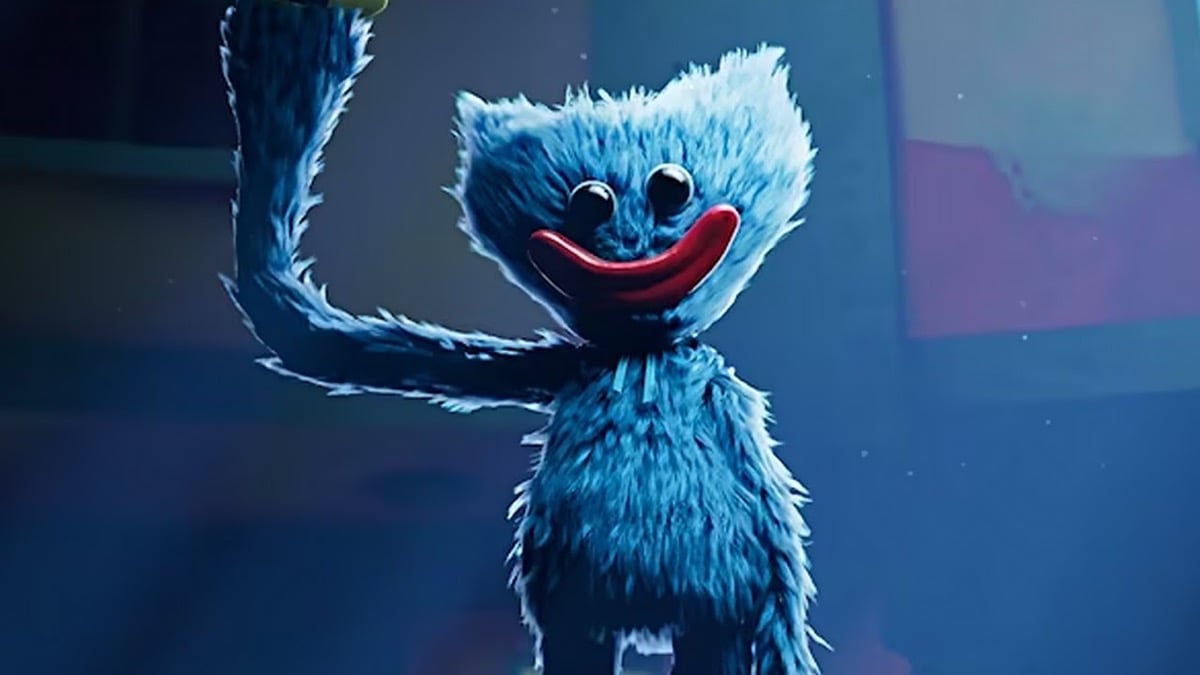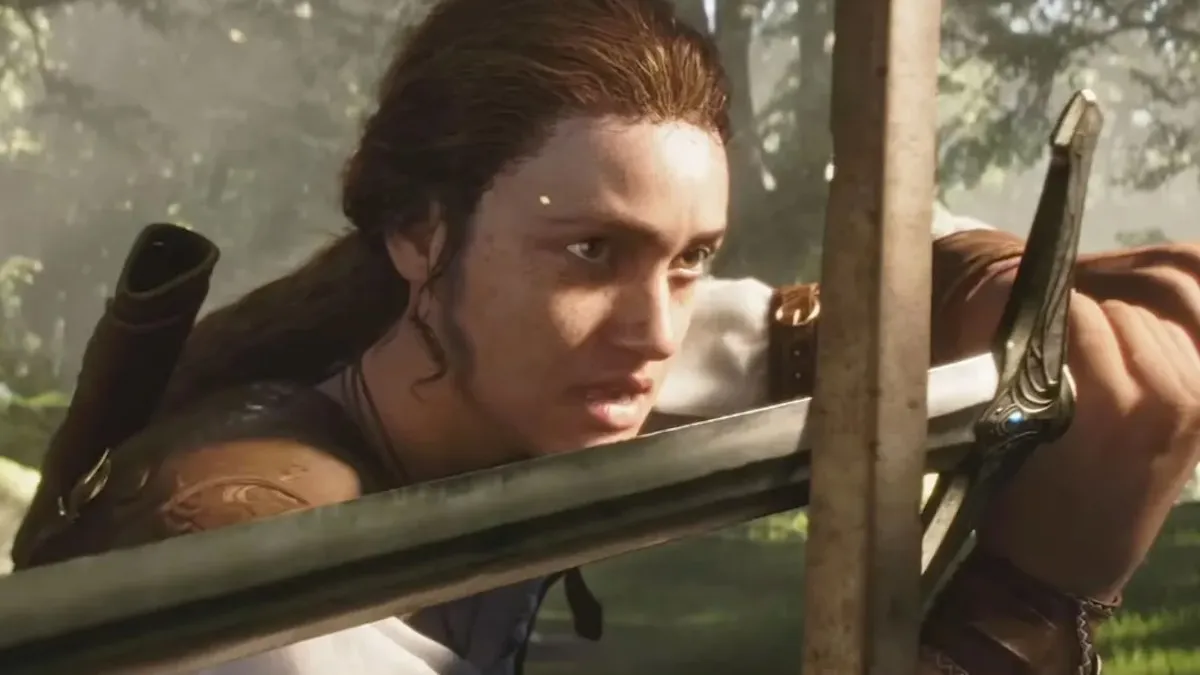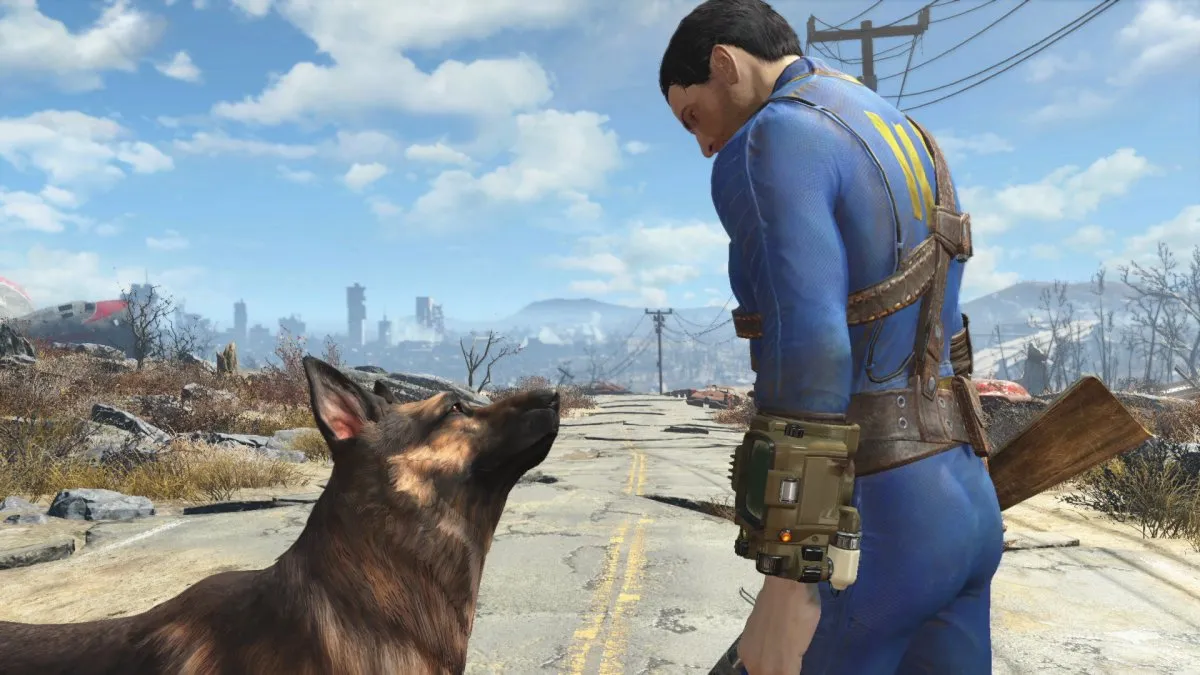
One of the most popular video games on Steam, Palworld, which Pocketpair released on January 19, 2024, has been described as “Pokémon with guns.” Many are furious over the game—for infringing on Pokémon’s copyright and for the possible use of generative artificial intelligence in the game’s designs.
A few weeks ago, Nintendo’s The Pokémon Company released a statement implying that it would investigate the video game Palworld for possible copyright infringement. “We have not granted any permission for the use of Pokémon intellectual property or assets in that game,” the statement reads. We intend to investigate and take appropriate measures to address any acts that infringe on intellectual property rights related to the Pokémon.”
While Nintendo did not explicitly name the video game developer Pocketpair in its statement, it addressed “another company’s game released in January 2024.”
Since Nintendo released its statement, there’s been a flurry of debate surrounding whether Pocketpair violated Pokémon’s copyright. While I’m happy to see people discussing complex legal topics, many have gotten the basics wrong: parody and satire aren’t interchangeable concepts; they are distinct, in both the literary and legal senses, with distinct applications.
And YES, that’s got my goat, and it’s not because I expect all internet commentators and reporters to know how to interpret federal statutes or case law, but because law school ruins everything. Once, I was banned from watching an It’s Always Sunny in Philadelphia episode for over-explaining how the plot misinterpreted the law. (Y’all know someone like me.)
Yet, as annoying as the constant legal explainers can be, I can’t help but scream when reading articles about Pocketpair and copyright law, as when Rock Paper Shotgun argued, “Nobody in their right mind would call Palworld a complex parody of Pokémon or a clever satire of games that both cozy up to and commodify the wildlife,” or when Escapist Magazine ran an article titled, “Palworld is a lot of things – but satire is not one of them.” Yeah, of course; that would be illegal. Maybe that sounds too harsh, but I’ve seen random internet articles used in legal cases (e.g. when I worked at another website, a writer’s article was used in Depp v. Heard).
Parody and satire are used to create humor in entertainment, music, literature, and the visual, graphic, and performing arts, as well as in the commentary and criticism of those works. While many use “parody” and “satire” interchangeably, the two terms have a key difference. Under U.S. copyright law, it’s more likely that the court will find a parodic use fair than a satirical use.
So, what are parody and satire? How do these concepts apply to the Palworld debate?
By definition: satire vs. parody
As a literary genre, satire is one of the oldest. According to Oregon State University Professor of British Literature Evan Gottlieb, satire involves evoking “attitudes of amusement, contempt, scorn, or indignation” through the “art of diminishing or derogating a subject by making it ridiculous.” In satire, the art uses “laughter as a weapon” to “correct human vice and folly.”
Legally speaking, the Copyright Alliance defines satire as “the use of humor, irony, exaggeration, or ridicule to expose and criticize people’s stupidity or vices, particularly in the context of contemporary politics and other topical issues.”
Compare the definition of satire to parody, which is defined as a composition modeled on another work for comic or derisive effect. “By definition, a parody is a comedic commentary about a work that requires an imitation of the work,” Copyright Alliance states. “Satire, on the other hand, even when it uses a creative work as the vehicle for the message, offers commentary and criticism about the world, not that specific creative work.”
Under the law: satire v. parody
While it seems unlikely that Nintendo will sue to protect its IP in this case, many cases go to trial over alleged copyright infringement, where fair use is among the most familiar affirmative defenses.
Under the Copyright Act, the “fair use” of a copyrighted work is “not an infringement of copyright.” This means, under what is known as the “fair use doctrine,” one can use copyrighted material if done for a limited, “transformative” purpose, such as to comment upon, criticize, or parody, without permission from the copyright holder.
The court will weigh four factors to determine if fair use is an affirmative defense against an alleged copyright infringement. The four factors are:
National Law Review
- The purpose and character of the use, including whether such use is of a commercial nature or is for nonprofit educational purposes;
- The nature of the copyrighted work;
- The amount and substantiality of the portion used in relation to the copyrighted work as a whole; and
- The effect of the use upon the potential market for or value of the copyrighted work.
However, applying fair use exceptions to copyright law is ever-changing, especially now. Before 2023’s Supreme Court decision Andy Warhol Foundation for the Visual Arts, Inc. v. Goldsmith, some courts evaluated the first factor by looking at whether a new work was “transformative,” meaning it adds “new expression, meaning, or message.”
However, “Warhol holds that the mere fact that an allegedly infringing work may add new expression, meaning, or message to an original work is not, standing alone, enough to support a holding that the use is sufficiently transformative for fair use purposes,” explains the National Law Review. “Rather, the Court held that the question of further purpose or different character is a matter of a degree. And the degree of additional expression or other difference must be weighed against other considerations, such as whether the allegedly infringing work was created for a commercial purpose.”
While commercial purpose, in general, weighs against fair use, it’s not the end all and be all. The Ninth Circuit was the first court to apply the new statutory interpretation. In the Sedlik v. Von Drachenberg case, tattoo artist Kat Von D won a lawsuit brought against her by photographer Jeffrey Sedlik, who sued her for using his famous portrait of Miles Davis as inspiration for a tattoo she inked on a friend’s arm and subsequently posted on social media. Although Von D made money from her designs, her tattoos were not a substitute for the original work, as per U.S. Copyright Office guidelines on transformative use, which state that copied material should “not substitute for the original use of the work.”
Contrast the Von D case to the Palworld case. While the Von D tattoo may be almost an exact replica of Sedlik’s photograph, tattoos and art prints do not have interchangeable commercial purposes. Whereas, in the case of Palworld, Pocketpair was accused of “ripping the models” from Game Freak, with X user Eric Covington going viral for sharing images comparing the pocket pals from each game. The similarities got fans angry, and possibly rightfully so (if they were accurate) because this would be invading the same commercial space—thus, not fair use.
Applying fair use law to Palworld
It’s unclear, especially under the new post-Warhol guidelines, how exactly the court would interpret the Palworld-Pokémon controversy. However, it remains an interesting thought experiment nonetheless, and it’s a thought experiment that I’m sure many law students will solve during this Spring’s final exams.
To understand more, check out Standford University‘s history of how the court has applied the fair use doctrine.
(featured image: Pocketpair)








